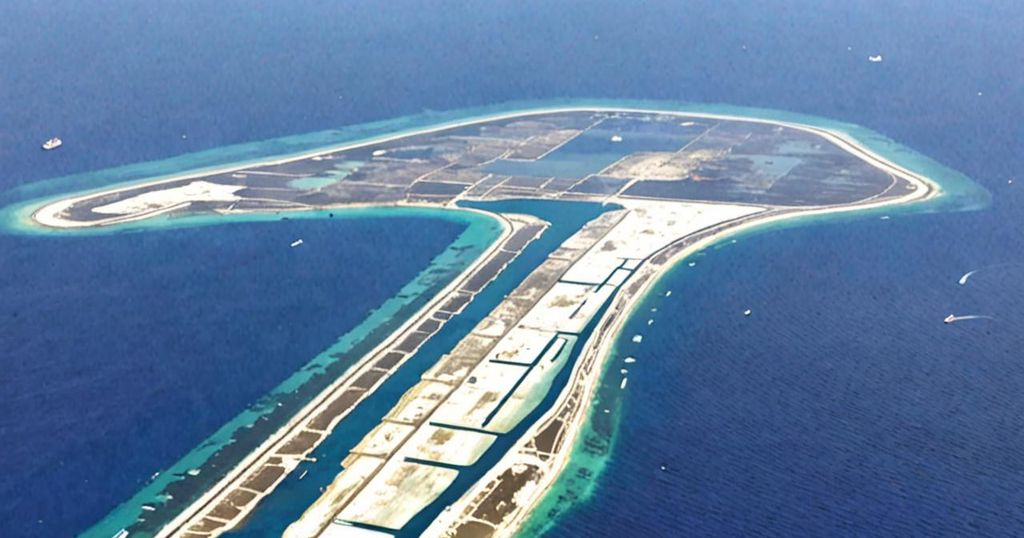Vietnam has been making significant strides in expanding its landfill work in the South China Sea, as reported by the Washington-based Asia Maritime Transparency Initiative at the Center for Strategic and International Studies. The country is projected to engage in a record number of island-building operations in the disputed waters, which are also claimed by Beijing.
Despite efforts by China and Vietnam to improve diplomatic relations in recent years, conflicting claims over the South China Sea continue to be a major point of contention between the two nations. The report revealed that Vietnam has reclaimed approximately 2,360 acres of land, representing a nearly tenfold increase from three years ago, although still significantly less compared to China’s claims in the region.
Following a declared halt to reclamation work in 2015, Vietnam has resumed its island-building efforts, developing infrastructure such as military-grade airstrips and harbors on the islands. These territorial disputes are not limited to China and Vietnam, as several other countries, including the Philippines, Malaysia, and Brunei, also lay claim to parts of the South China Sea.
China, on the other hand, has been actively building infrastructure in the region for over a decade, with military-grade airstrips and harbors being constructed in the areas it asserts its authority. The report indicates that China holds more territory in the South China Sea than any other country, but Vietnam has now secured the second-highest number of holdings in the region.
The Grandview Institution, a Beijing-based think tank, has also weighed in on the situation, warning that Vietnam’s likely expansion of building activity in the region poses a risk of further complicating and escalating the already contentious situation. While efforts to ease tensions in the South China Sea continue, the region remains a hotbed of competing territorial claims.
As Vietnam expands its landfill work and island-building operations, the South China Sea dispute shows no signs of subsiding. The growing presence of both China and Vietnam in the region is likely to have significant implications for the geopolitical landscape, with the potential for further escalation if not carefully managed by all parties involved.

Leave a Reply